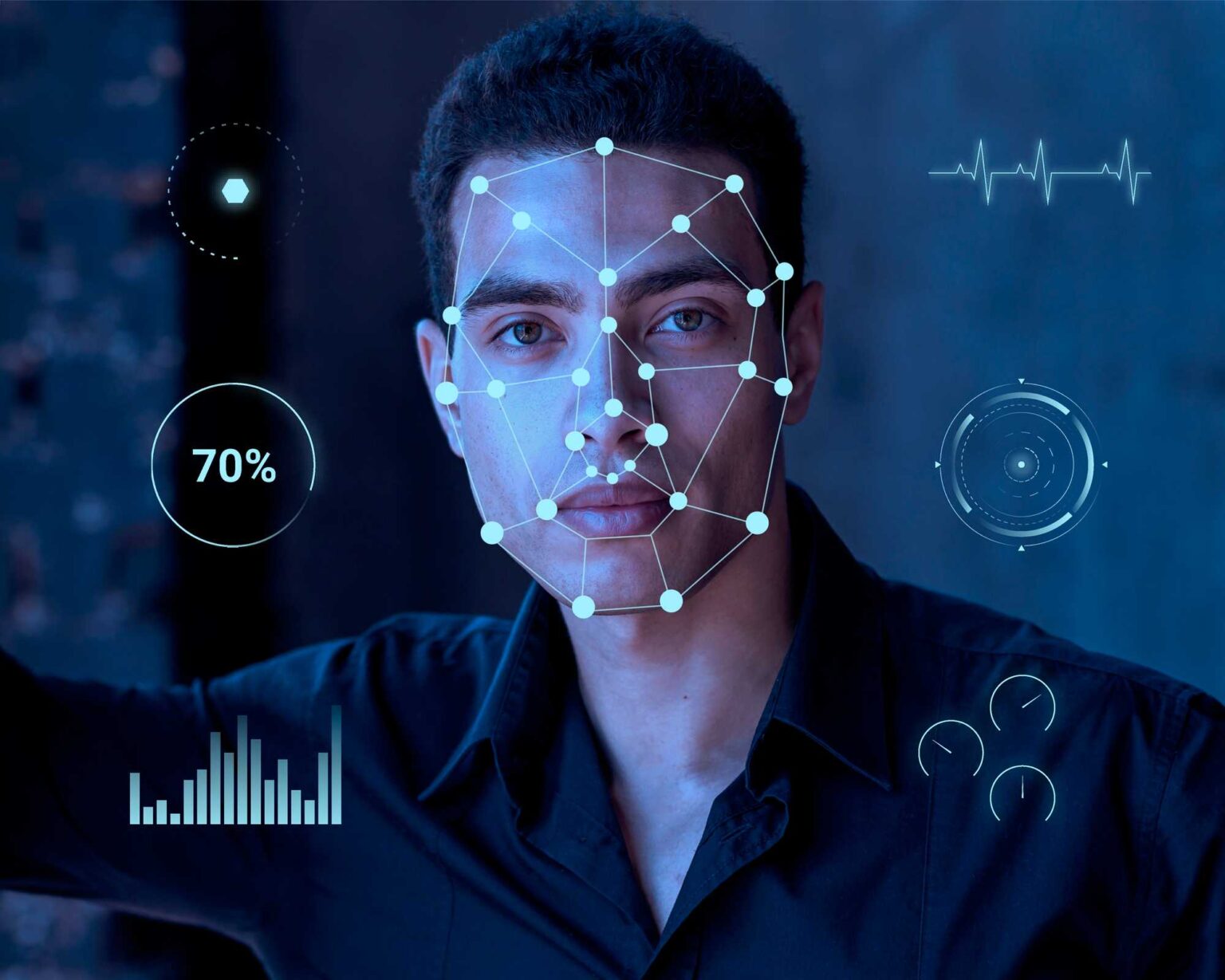Cognitive analytics is an advanced form of data analytics that focuses on analyzing and interpreting unstructured data, such as emotions, sentiments, and images. It goes beyond traditional analytics by incorporating artificial intelligence (AI) techniques to understand and extract meaningful insights from these complex forms of data. Here are some advancements in emotion, sentiment, and image analysis within cognitive analytics:
- Emotion Analysis:
- Emotion analysis, also known as affective computing, involves the detection and analysis of human emotions from text, speech, or facial expressions.
- Advancements in cognitive analytics have enabled more accurate and nuanced emotion analysis by leveraging natural language processing (NLP), machine learning, and deep learning techniques.
- Emotion analysis can be applied to customer feedback, social media sentiment analysis, market research, and user experience evaluation.
- Sentiment Analysis:
- Sentiment analysis, also referred to as opinion mining, involves identifying and categorizing the sentiment expressed in text data, such as positive, negative, or neutral.
- Cognitive analytics has advanced sentiment analysis by incorporating machine learning algorithms and NLP techniques to improve accuracy and handle nuances, including sarcasm, irony, and context.
- Sentiment analysis finds applications in social media monitoring, brand reputation management, customer feedback analysis, and market research.
- Image Analysis and Computer Vision:
- Cognitive analytics has made significant advancements in image analysis and computer vision, enabling the interpretation and understanding of visual data.
- Deep learning techniques, such as convolutional neural networks (CNNs), have revolutionized image analysis by achieving high accuracy in tasks like object detection, image classification, facial recognition, and scene understanding.
- Image analysis finds applications in various fields, including autonomous vehicles, healthcare diagnostics, surveillance, and augmented reality.
- Visual Content Understanding:
- Cognitive analytics enables the understanding of visual content beyond simple image recognition.
- Advancements in image analysis techniques have facilitated the understanding of complex visual scenes, identifying objects, actions, relationships, and context within images or videos.
- This capability is valuable for applications such as video surveillance, content moderation, visual search, and content recommendation systems.
- Multimodal Analysis:
- Cognitive analytics combines multiple modalities, such as text, speech, and images, to gain a comprehensive understanding of data.
- By integrating various techniques like natural language processing, audio analysis, and computer vision, cognitive analytics can analyze and interpret multimodal data for a more holistic understanding of information.
- Multimodal analysis finds applications in areas like video analysis, customer interactions, virtual assistants, and healthcare diagnostics.
- Contextual Analysis:
- Cognitive analytics focuses on understanding the context in which data is generated.
- Contextual analysis considers factors such as social, temporal, spatial, and environmental cues to interpret emotions, sentiments, or image content accurately.
- This contextual understanding enhances the accuracy and relevance of the analysis, leading to more meaningful insights.
- Real-Time Analysis:
- Advancements in cognitive analytics enable real-time analysis of emotions, sentiments, and images.
- Real-time analysis allows for immediate response and decision-making based on real-time data streams, supporting applications like live sentiment analysis, real-time video surveillance, and personalized recommendations.
Cognitive analytics advancements in emotion, sentiment, and image analysis have opened up new possibilities for businesses and industries. By understanding and leveraging these complex forms of data, organizations can gain deeper insights into customer preferences, brand perception, user experiences, and visual content, leading to enhanced decision-making, improved customer engagement, and innovative applications.



